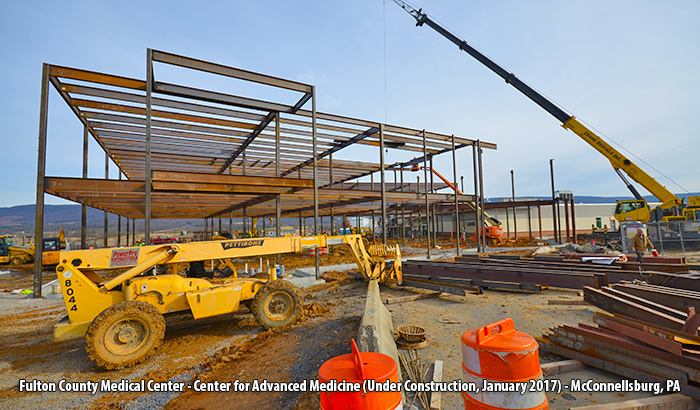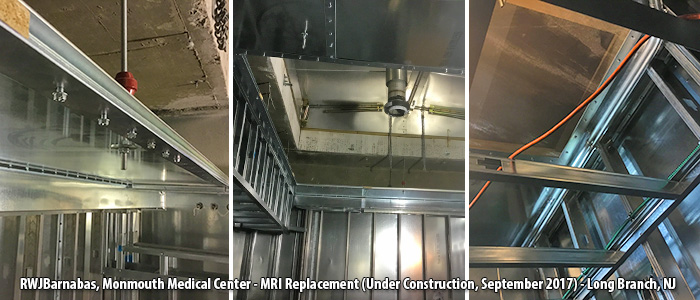Troubleshooting Code Challenges During Design and Construction
New Solutions for Centralizing Component and Compliance Information

Many healthcare facility managers expect their operations and maintenance problems to have a definitive solution. After all, in many facility engineering challenges, the answer is clear after a simple investigation. For instance, if a boiler stops performing, a problem can typically be determined by running diagnostics or visually identifying the cause. Yet, when it comes to healthcare building (or facility) compliance, the answers don’t always present themselves so apparently.
Since few facilities are identical, compliance codes must be written broadly. It would be impossible for code writing bodies to address every possible situation, especially when both healthcare technology and design trends continue to change rapidly. As a result, questions are inevitable and decisions can be challenging.
When healthcare owners and facility managers use review practices and technology to ensure any changes are code compliant, they can feel more confident their renovation and upgrade decisions won’t lead to penalties during their next survey.
How Construction Reviews Can Improve Code Compliance
One area where compliance problems often occur is during the breakdown of communication between parties. Tradespeople can cause various challenges when applying isolated solutions to facility improvements. Isolation between facility engineering, design, construction and facility management can also lead to challenges.
For example, during construction, it is possible that products specified during design may be changed out in order to reduce costs. However, in the healthcare arena, even seemingly simple products may be specified to ensure compliance with one of the many codes regulating medical buildings.

Involving designers, engineers and, when possible, facility managers in the construction process can provide a sense of continuity often needed for these heavily regulated facilities. Through a construction review process, experts ingrained in healthcare codes can ensure simple swaps don’t put the facility in danger of a citation during its next survey. For example, a construction review process might be necessary to ensure fire-retardant wood blocking was not swapped out by the construction team for a more combustible material that could pose a danger when used in a non-combustible building.
By taking a holistic view to construction projects and examining code compliance at every step, healthcare facilities can mitigate their risk of noncompliance.
New Solutions for Centralized Component and Compliance Information
More and more design, engineering and construction firms are applying BIM technology to provide this sense of continuity, particularly for highly complex buildings such as medical facilities.
For example, utilizing BIM technology to transfer utilities information from the designers directly to the contractors responsible for installation keeps all parties on the same page in terms of compliance and performance issues. This can help to mitigate performance issues from the mechanical systems during start-up, as well as later in occupancy.
BIM models are also increasingly being used by facility engineering and facility management professionals to maintain systems in compliance with the mandatory testing and maintenance of the systems throughout their life cycle. When product knowledge is captured in one centralized location, operations professionals can better make decisions to keep future upgrades in compliance with all applicable codes.
Meeting the High Stakes
Given the number of regulations governing healthcare construction and the great risks at stake for noncompliance, it’s understandable that healthcare facility owners and managers sometimes feel overwhelmed by the charge to ensure compliance. Luckily, through appropriate risk management and applying good judgment, it’s possible to find best-value solutions for complying with all applicable codes.